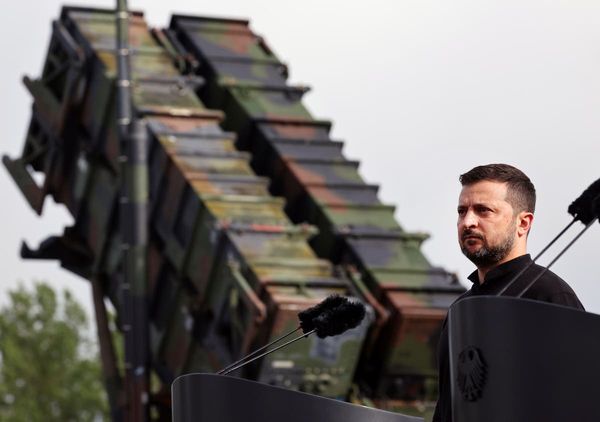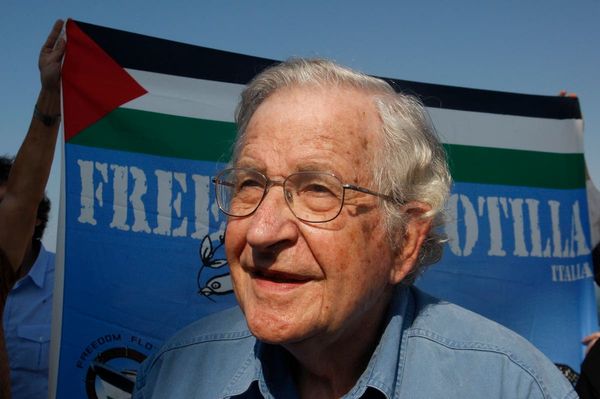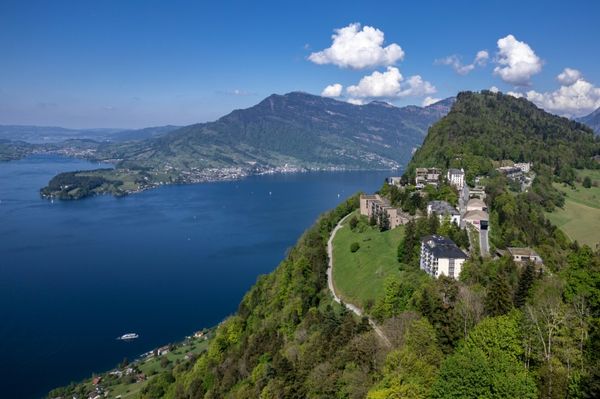
What you see in this book,” says Edward Watson, “feels like another career, almost. It was everything I did off stage.” Watson was the most striking British ballet dancer of his generation; he performed with the Royal Ballet for 27 years before retiring in 2021.
In among a hectic schedule of principal roles, there was a parallel life of photoshoots for magazines, fashion features, book projects and backstage shots. Now, 200 of those images have been gathered in a book, Ed Watson: A Different Dance, one that Watson insists isn’t really about him.
“It’s definitely a photography book not a dance book,” he says. “I just happen to be the subject of it. But it’s revealing what different people brought out in me.”
That’s not so dissimilar to Watson’s dancing career, in which his chameleonic physicality morphed from classical to ultra-modern, from a romantic Romeo to a goo-covered giant insect. (He won an Olivier award for his performance as Gregor Samsa in Arthur Pita’s The Metamorphosis, based on the Kafka story.)
Watson was a distinctive dancer, with an expressive, sometimes haunted face and a body with the ability to warp and stretch beyond traditionally balletic shapes.
He is best known for embodying the emotional turmoil of Kenneth MacMillan’s psychological dramas, especially Crown Prince Rudolf in Mayerling, and for being a muse to Wayne McGregor, who disrupted the Royal Ballet’s repertory with his future-focused choreography in works including Chroma, Infra, Woolf Works and The Dante Project, in which Watson made his final performances. Now Watson, 46, has moved on to coaching other dancers, and so much is different. “It’s not just about me turning up and everyone has to deal with whatever mood I’m in,” he laughs.
Watson was never in it for the applause, but he does miss performing. “I think about certain roles and I miss the feeling of being that person,” he says. “And there’s nothing quite like the feeling of doing a good show. That huge sound from an orchestra and it’s your job to interpret it, that feeling where you let the music in and dance it out. You can’t forget that.”
Looking through the images drawn from across the decades, Watson realises “how much I’ve changed as a person. Not just physically, but where I was at emotionally, what I wanted from my life and career, and what other people wanted or expected from me. I don’t know whether it comes across, but I can really see it: Oh God, I was a nightmare at that time! Or, I was so upset at this point, or I was working so hard. Lots of stuff comes back to you.”
Over the course of his career, Watson forged creative relationships with the choreographers he danced for, but the same is also true of photographers he worked with.
One such friendship was with the late Anthony Crickmay, “such a force in the dance photography world”. Crickmay first photographed Watson at the age of 12, for a Royal Ballet School show and, 30 years later, Watson was the last person Crickmay shot, a week before the photographer’s death. Both images are in the book, marking the beginning and end of Watson’s performing career.
“They’re an amazing set of photos,” he says.
Moving parts – portraits of Edward Watson

Nadav Kander
“This was probably in the craziest time of my life,” says Watson. “I was making a show with dancer Wendy Whelan. She lived in New York and I lived in London so we were backwards and forwards; I was dancing Mayerling at the Royal Opera House and we were making Woolf Works in the day. But this was a little moment of calm within this crazy schedule.”
Rick Guest (main image)
“This is the first shoot I did with Rick Guest and I was in a really bad mood. The picture’s really grumpy. Rick had done a lot of sports and cars and advertising, but after this he got into taking pictures of dancers. He found a new way of seeing the real work of a dancer: nothing feels posed, it always feels like me. He found something still within me.”

Anthony Crickmay
“In my 20s, Anthony Crickmay wanted to do a picture with me. He phoned me: ‘Ah, Ed, darling. I thought we’d do nude and angry.’ I wound myself up thinking about it, hardly slept the night before, but I woke up and said: ‘I’m young, I look like this now, he’s the best dance photographer in the world. OK, get the wind machine, get my clothes off and get out there.’”

Charlotte MacMillan
“Charlotte is the daughter of choreographer Kenneth MacMillan, and a good friend of mine. This is a rehearsal of Mayerling. It’s a serious ballet and in this solo I have just made a suicide pact with my teenage lover while off my head on drugs, so I’m really into it, doing all the tears and sick and blood, and suddenly you become aware that your friend is watching you, and you just look at each other and start laughing.”

William Bracewell
“I’ve worked with Wayne McGregor (right) for more than 20 years. He wrote me a letter to include in the book. I was on the train when I read it and just burst into tears. He’s such a genius creative force, and to be part of his work has been, well, it’s been my whole career. I can’t read the letter now because I’m like: ‘I want all of that all over again!’”
Ed Watson: A Different Dance will be published by Prestel on 2 May.







